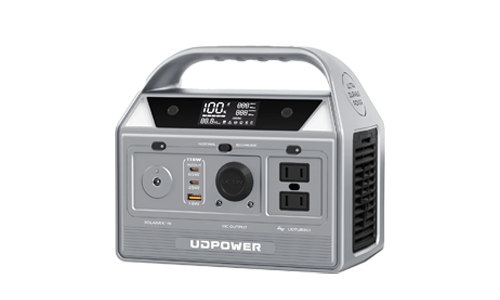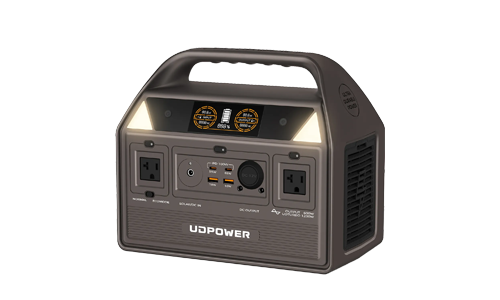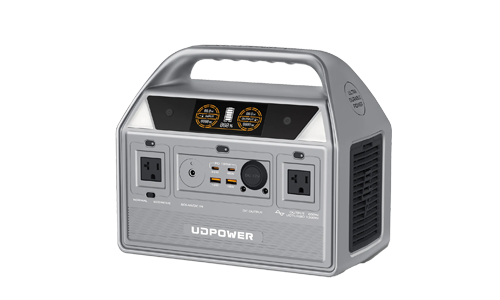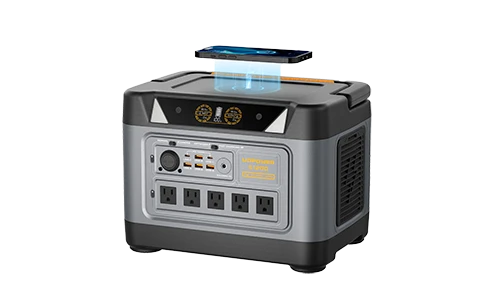Sodium-Ion Battery: What It Is, How It Works, Pros/Cons, and What Comes Next
ZacharyWilliamFrom definition and origins to how they work, real-world uses, trade-offs vs. LFP/NMC/LTO, and what to expect between now and 2030.
1) What is a Sodium-Ion Battery?
Sodium-ion (Na-ion) batteries store energy by shuttling sodium ions (Na+) between a cathode and an anode through an electrolyte—mechanically similar to lithium-ion, but using far more abundant sodium-based materials. The appeal: potentially lower cost and resilient supply chains versus lithium-heavy chemistries, with safety and cold-weather benefits depending on the design.

2) Origins & Timeline
- 1980s–2010s: Academic foundations were laid; practical anodes (hard carbon) and cathodes (layered oxides, Prussian blue analogues) matured in the 2000s–2010s.
- 2021: A major supplier publicly announced a first-generation Na-ion cell with fast charge and notable low-temperature performance claims, putting the tech on the commercial roadmap.
- 2023–2024: The first Na-ion EVs began limited production in China; grid-storage pilots connected; early consumer gadgets appeared (e.g., power banks).
- 2025: Second-generation announcements target higher energy density and colder-climate operation, with mass production timetables emerging. U.S. commercialization remains early and uneven.
3) How Sodium-Ion Works (Chemistry 101)
Core parts
- Anode: Hard carbon (most common); research into alloying and other carbons is ongoing.
- Cathode: Layered oxides (e.g., Na-Mn/Ni systems) or Prussian blue analogues (PBAs) for high power and safety.
- Electrolyte & separator: Organic carbonate blends or aqueous systems, depending on the design and target voltage.
Operating window
- Cell voltage: Typically ~2.0–4.2 V depending on chemistry; compared with ~2.5–4.2 V for many Li-ion cells.
- Pack behavior: Some Na-ion chemistries have a wider usable voltage range across state-of-charge than LFP/NMC, which impacts inverter/BMS design and current at low state of charge.
PBAs emphasize power, long cycle life, and safety (often for UPS/datacenter/grid). Layered oxides emphasize energy density for mobility. Hard-carbon anodes are valued for stability and cost, though first-cycle losses and rate behavior are active research areas.
4) Strengths
- Abundant, lower-cost raw materials: Sodium and iron/manganese are widely available; reduced reliance on lithium, nickel, and cobalt can improve cost stability over time.
- Cold-weather discharge: Newer cells emphasize better low-temperature behavior (especially discharge), a common pain point for many Li-ion chemistries.
- Safety: Certain Na-ion designs (e.g., PBA-based) target very low thermal-runaway risk, favoring stationary storage and high-power backup.
- Fast charge/discharge potential: Particularly in PBA-based cells for high-power, short-duration applications (UPS, peak shaving).
- 0 V tolerance (chemistry-specific): Some Na-ion cells can be stored/transported at 0 V without damage, easing logistics.
5) Limitations & Engineering Trade-offs
- Lower energy density today: Typical Na-ion cells are below LFP for Wh/kg, making packs heavier and bulkier for the same capacity.
- Wide pack voltage range: A broader voltage window at the pack level means higher current at low state of charge for the same power output. In practice, that can require thicker cabling, bigger breakers, and more robust BMS/inverters, adding weight and cost.
- Round-trip efficiency & lifetime vary by chemistry: Published figures exist for some systems, but results differ widely across vendors and use-cases; independent, like-for-like data remain limited.
- Maturity & ecosystem: Fewer inverter/BMS profiles, fewer field-proven vendors, and tighter supply chains centered in Asia mean early adopters should evaluate guarantees, serviceability, and standards support.
6) What’s Shipping Today (2025)
- Stationary storage: Pilot and early-stage deployments for grid balancing, behind-the-meter peak shaving, and telecom/UPS are growing fastest.
- Mobility (select markets): Small EVs and micromobility in China are early adopters; energy density and ecosystem constraints still limit global EV penetration near-term.
- Consumer: First Na-ion power banks and specialty devices are appearing; expect more off-grid/backup gear once inverters and BMS profiles catch up.
U.S. buyer note: If you’re shopping in 2025, you’ll find far more choices in LFP for home backup and portable power. Sodium-ion options will expand first in stationary systems and budget-sensitive markets before mainstream U.S. retail.
7) Sodium-Ion vs. LFP, NMC & LTO
| Metric | Sodium-Ion (Na-ion) | LFP (LiFePO4) | NMC (Li-ion) | LTO (Li-Titanate) |
|---|---|---|---|---|
| Gravimetric energy density (cell) | ~100–175 Wh/kg (gen-dependent) | ~160–220 Wh/kg | ~220–300+ Wh/kg | ~70–90 Wh/kg |
| Cycle life (typical ranges) | ~2,000–6,000+ (claims up to 10,000) | ~3,000–6,000+ | ~1,000–2,000+ | ~10,000–20,000+ |
| Low-temperature discharge | Strong focus; newer cells emphasize better sub-freezing performance | Moderate (heaters/common in cold climates) | Moderate | Good |
| Safety | Generally high; PBA chemistries target no thermal runaway | High (inherently stable cathode) | Lower than LFP/Na-ion at high energy | Very high |
| Cost trajectory | Aim: below LFP at scale; hinges on ecosystem & density | Falling with scale; current mainstream value leader | Higher (nickel/cobalt content) | Higher upfront, ultra-long life |
| Best fits (2025) | Stationary storage, budget EVs/micromobility, backup/UPS | Home backup, portable power, mainstream EVs/ESS | Long-range EVs, weight/space-sensitive use | High-cycle, high-power, extreme safety |
Ranges are indicative; verify specific cells/packs and warranties.
8) Best-Fit Use Cases (and Poor Fits)
Great fits
- Grid & commercial storage where footprint is less critical and safety/cost rule.
- Backup/UPS & telecom (especially high-power bursts, frequent cycling).
- Micromobility & city EVs with short daily ranges and price sensitivity.
Poor fits (for now)
- Long-range EVs where pack mass/volume dominate.
- Weight-critical portable gear where every Wh/kg matters.
- Systems not designed for wide voltage windows (inverter/BMS mismatch).
9) Future Outlook: 2025–2030
- Energy density creep: Second-gen Na-ion targets are moving toward the LFP range; if realized at scale, that unlocks broader use.
- Stationary first: Expect biggest near-term impact in grid and behind-the-meter storage where cost and safety trump size.
- Ecosystem catch-up: More inverter/BMS profiles and standards will reduce engineering friction around wide voltage windows.
- U.S. manufacturing: Still emerging. Some initiatives have stumbled; others may fill the gap as policies and markets evolve.
Bottom line: Sodium-ion is real and advancing—but in 2025 it’s a complement to, not a replacement for, today’s LFP/NMC mainstays. Watch stationary storage and budget mobility first.
10) Quick FAQ
Is sodium-ion safer than lithium-ion?
Many Na-ion designs emphasize safety, and some (e.g., PBA-based) target no thermal runaway. LFP is already very safe; Na-ion aims to match or exceed that in specific formats.
Does Na-ion really work better in the cold?
Discharge at low temperatures is a focus and has improved in newer cells. Charging below freezing still requires care or heaters, similar to Li-ion best practices.
Why do reviewers talk about a “wide voltage window”?
Some Na-ion chemistries deliver capacity across a broader voltage range, so at low state of charge your system can see higher current for the same power. Plan cabling, fusing, and inverter settings accordingly.
Where will I see Na-ion first in the U.S.?
Grid/behind-the-meter storage and power-hungry backup (data centers, telecom). Consumer and portable products should follow as the ecosystem matures.








